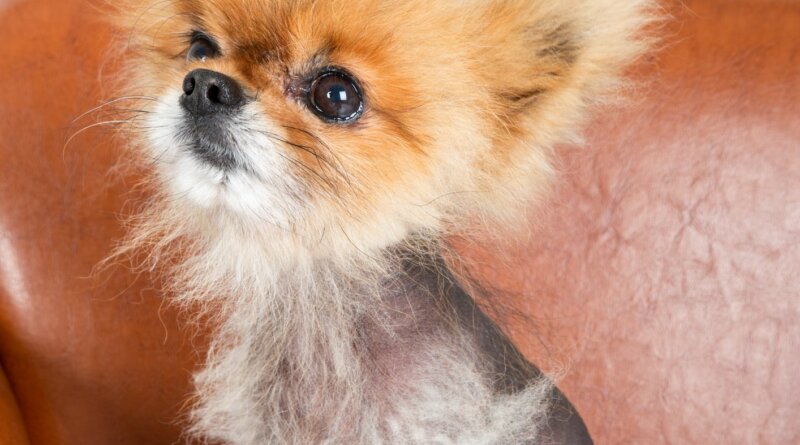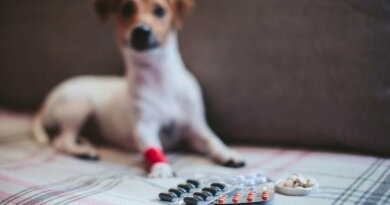Alopecia In Dogs – Whole Dog Journal
Alopecia is the medical term for baldness. In dogs, alopecia refers to areas on the dog’s body that are not growing hair.
Most episodes of seasonal alopecia in dogs are not alopecia at all but routine turnovers of the coat or seasonal shedding. Your dog isn’t down to bare skin, he just looks naked compared to his usual haircoat. This is normal. When you see the hair turning dull and getting tufts or “pluckables,” this is a good time for a warm bath and a blow dry. Removing as much of the dead hair as possible encourages new growth.
You also may have heard of a dog “blowing her coat,” which is seen in many longhair dogs at puberty and in female dogs after a heat or having puppies. In these cases, most of the long guard hairs remain, but the softer, woolier undercoat that is gone. This is not alopecia.
True alopecia means the loss of all hair, and it is almost always secondary to another health problem. Many skin conditions can cause hair loss, including flea allergy, bacterial infections, or fungal infections. In almost all these cases, the skin is red, inflamed, moist, or has pustules and flaking. For these cases of alopecias, you need to diagnose and treat the primary problem, which may require your veterinarian’s help. A medicated shampoo or topical treatment will likely be prescribed. After treatment, the hair will grow back.
Chemotherapy can cause hair loss in some dogs but rarely causes the dramatic loss that many people experience.
Another cause in dogs is hormone or endocrine abnormalities such as Cushing’s disease (hyperadrenocorticism). With Cushing’s, your dog will have more clinical signs than just alopecia. He will have skin growths or tags and seborrhea. He will develop a potbelly appearance due to lack of muscle tone. Many dogs will pant and drink and urinate more than usual. Diagnosis will require bloodwork, both a normal chemistry panel plus specific tests for adrenal function. Medical therapy generally involves mitotane or trilostane, which will be required for life. Your dog will need periodic monitoring for side effects and to adjust the dose if needed.
Rarely, alopecia is caused by a poor diet. If this is the case, you will need the help of your veterinarian or a veterinary nutritionist to determine if your dog’s diet is deficient in important nutrients.




